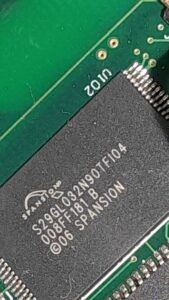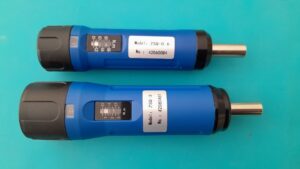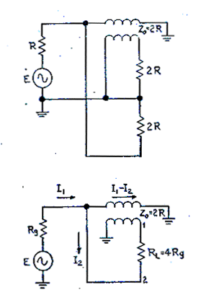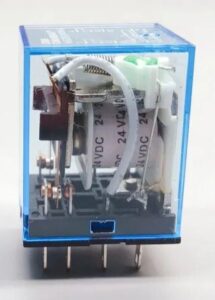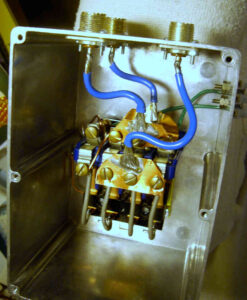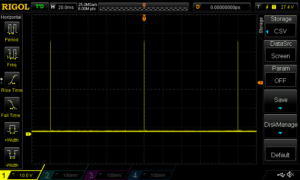I purchased a Holzforma G395 chainsaw for $410 delivered but without bar and chain. It is a Chinese clone of the now discontinued Husqvarna 395XP It is a relatively old technology carburetted engine, prior to the strato technology (stratified scavenging) of the X-TORQ etc.
The Holzforma G395 has slightly lower published power rating than Husqvarna 395XP.
Previous experience documented at Holzforma / Farmertec G372XT chainsaw – initial evaluation shaped the approach with this one. Continue reading Holzforma / Farmertec G395XP chainsaw – initial evaluation

